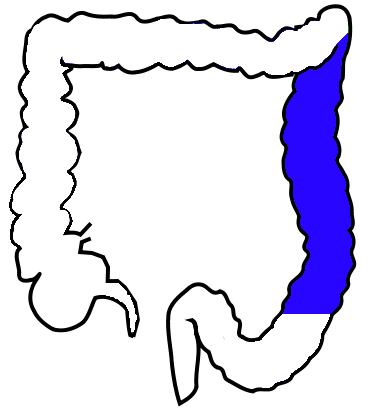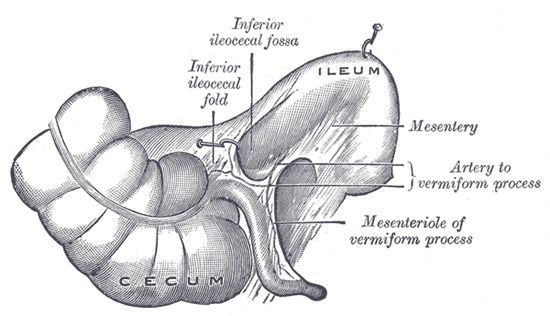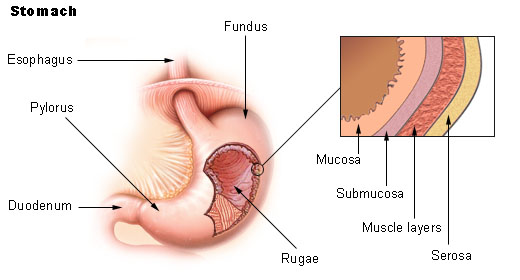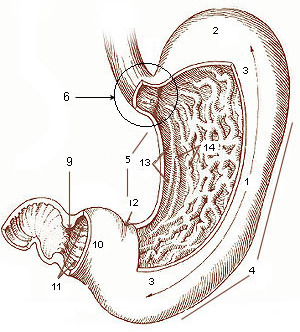We've now learned about all of the parts of the large intestine.
Food enters the large intestine at the cecum, goes past the appendix, up the left side of the body at the ascending colon, across the transverse colon, down the descending colon, over the sigmoid colon and out the rectum.
All of these parts after the small intestine are together called the large intestine.

(from: wikipedia - large intestine)
Kid Facts - Blast from the past: Dorsal interossei hand muscles
















